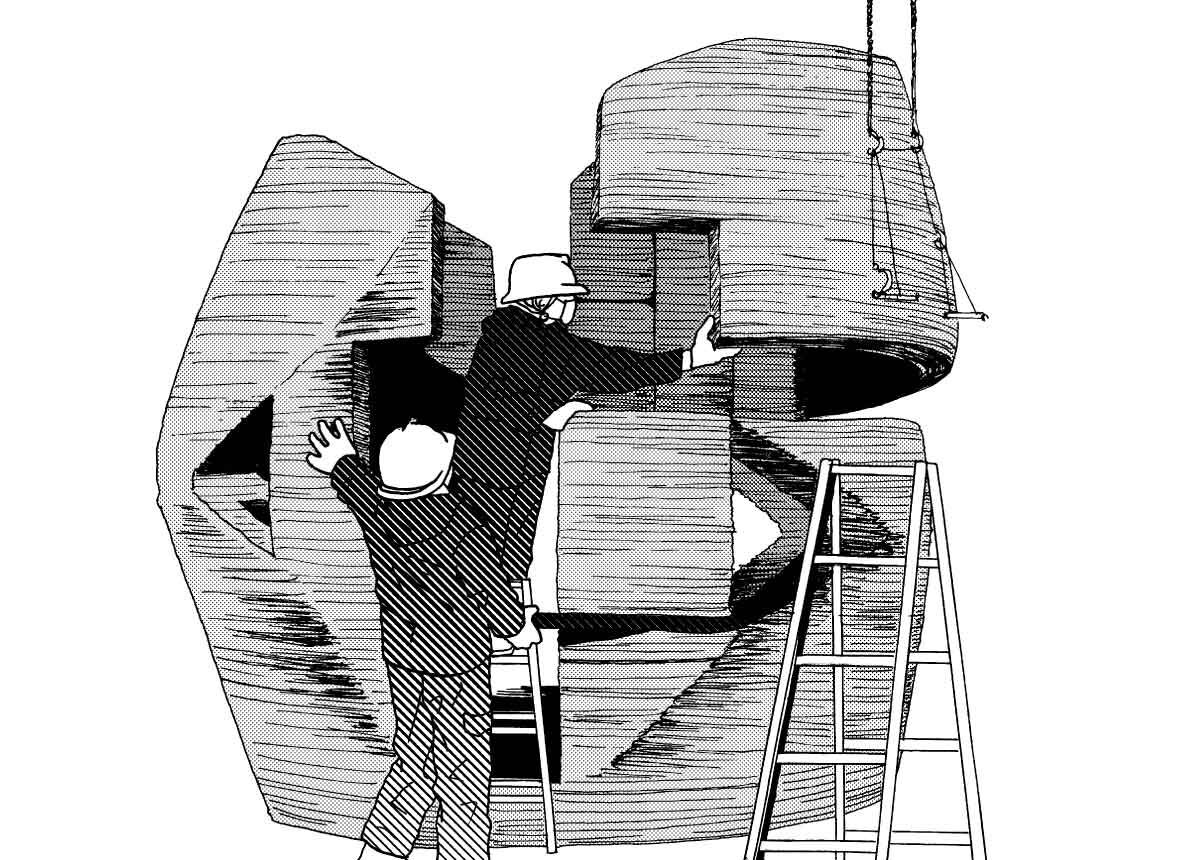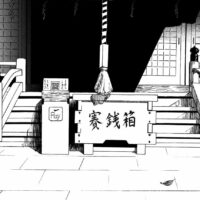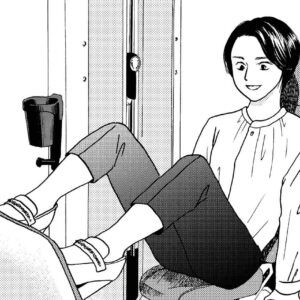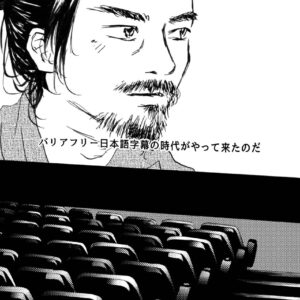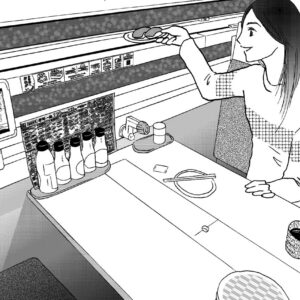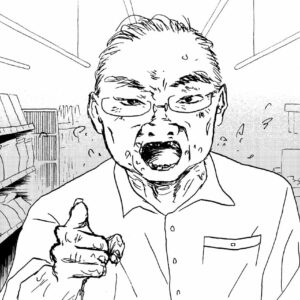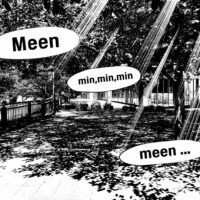A new house is built in just 24 hours of construction for the same price as buying a single car. Technological innovation has made such a home possible. This could be a game changer in housing selection.
Serendix, Japan’s first 3D printed house manufacturer, plans to sell a 49-square-meter 3D printed house next spring, with complete electricity, gas, and water infrastructure, kitchen, bath, and toilet. This house will be built in less than 24 hours and has an estimated sales price of $36,000. People in their 50s to 70s who plan to live with their spouses are interested.
The representative of the company had to say the following regarding his motivation for working on this housing development. “We set out to develop this house in the hope of realizing a mortgage-free society. Right now, the average age for Japanese people to pay off their mortgages is 73 years old. Yet those who can get a mortgage are still blessed. But 40% of people will never own a house for the rest of their lives, and this figure continues to rise compared to the past decade. While some may be good to rent all the time, many people who turn 60 will no longer be able to renew their lease contracts and will no longer be able to rent a house. In order to solve the social problem of people not being able to find a one’s final abode, we would like to provide houses to more people for as little as the price of a car.”
Why can a house be built so cheaply? The answer is that the construction period is short. Building a house usually takes about six months and requires 180 days of labor. However, a 3D printed house, assumes a 24 hour construction, requires only 3 days of labor, even with an 8 hour work day. This is where the price difference comes in.
In addition, Japan is an earthquake-prone country, and earthquake resistance standards must be taken into consideration. The materials of the 3D printed house are concrete mixed with a special hardener and reinforcing steel for the foundation, so the house can be maintained for 70 years under normal living conditions. According to data simulations, it can withstand a seismic intensity of 7.
The company’s future goal is to sell a 100-square-meter, three-bedroom house for $21,500. Incidentally, a 100-square-meter condominium in a relatively bustling part of the capital city of Tokyo currently costs about $930,000. In rural areas about an hour train ride from the city center, a family home of the same size can be purchased for about $300,000.
Many people are worried about mortgage loans or not having a home they can continue to live in. The future of using technology to solve this predicament is slowly approaching.



